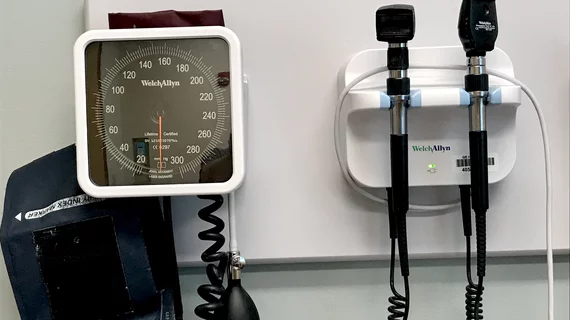Early pregnancy blood pressure patterns tied to hypertension risk years later
New research shows early-pregnancy blood pressure trajectories are strongly associated with new-onset hypertension years after pregnancy. This may help better stratify risk for targeted surveillance and early interventions, and improve the prediction of cardiovascular disease risk in women later in life. The study was published in the American Heart Association Journal Hypertension this week.[1]
Blood pressure patterns observed in the first half of pregnancy, even among women without hypertensive disorders of pregnancy (HDP), can identify women at greater risk of developing hypertension up to 14 years after giving birth. The new findings are from a large observational study supported by the National Institutes of Health (NIH). Among groups of women who did not develop HDP, those with higher-risk blood pressure patterns, including elevated-stable patterns during early pregnancy, were still 11 times more likely to develop hypertension years later than those women with less risky blood pressure patterns.
This study identified a new, previously undefined risk group of postpartum women who are not currently recognized as being at high risk for future hypertension and cardiovascular disease, because they did not develop HDP during pregnancy. The study followed 174,774 women who received prenatal care at Kaiser Permanente Northern California 2009-2019. None of these women were identified as having hypertension, kidney, liver, or heart disease, or a history of preeclampsia before pregnancy. Researchers tracked their health records up to 14 years after delivery to identify new cases of hypertension.
The research showed that certain blood pressure patterns during the first 20 weeks of pregnancy signaled more likelihood of developing hypertension later in life. Six distinct risk groups of blood pressure trajectory were identified, ranging from ultra-low to elevated-stable patterns. Women with elevated-stable blood pressure patterns were at the highest risk, the authors said. By identifying women at higher risk, healthcare providers can offer targeted surveillance and early interventions, potentially preventing future heart problems.

